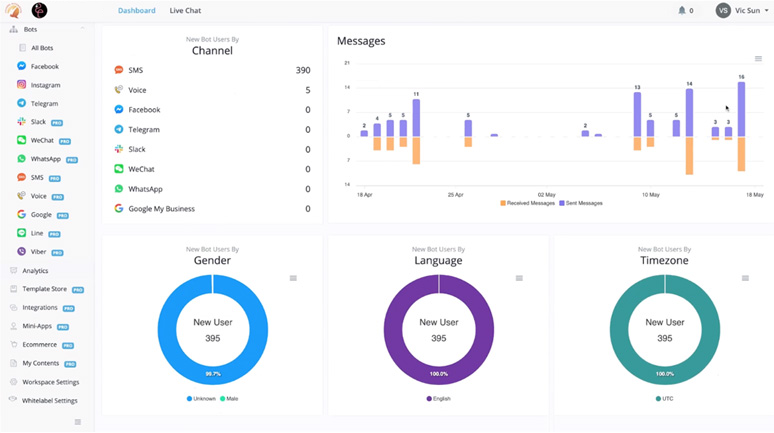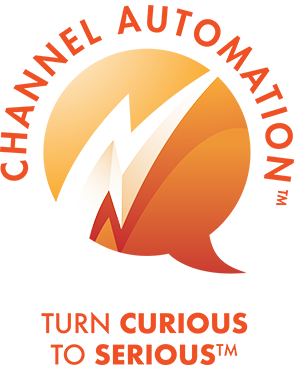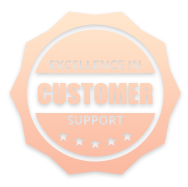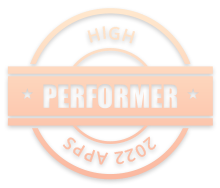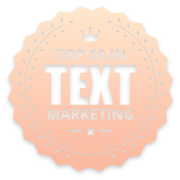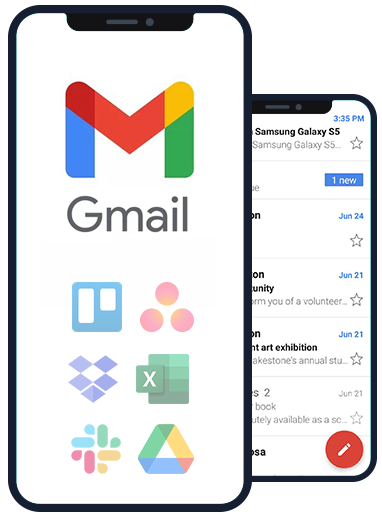Video Messages x Text + Email + Chat + Social + Voice + AI + Automation = All in one place.
Increase Sales. Lower Lead Costs
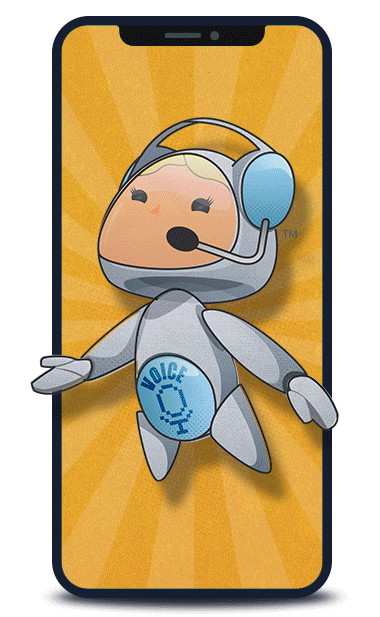
Omnichannel solution
Messages sent each month
Integrations with CRMs, ERPs, apps, and platforms
Companies choose Channel Automation to grow their business across the world
How to create a chatbot
The No-code Drag & Drop Visual Flow Builder helps create and manage chatbot workflows, allowing non-technical users to build complex interactive experiences without writing code.

What are the benefits of a chatbot for business?
Set & Confirm Appointments
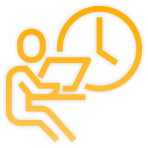
Installation Schedule
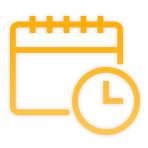
Reminders &
Notifications
Answer
Questions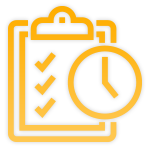
Automated Scheduling
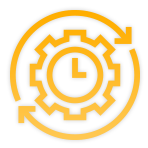
Link MKT, Call Center, Sales Team

Feature Highlights
Features that help you increase your lead conversion
Automated Lead Conversion
Turn your leads into customers using Text Message Automations
Book a demoLooking to increase your response rate? Try using our SMS automation tool as your initial communication channel. Text messages have a 95% read rate within 3 minutes, while calls from unknown numbers have only a 20% response rate.
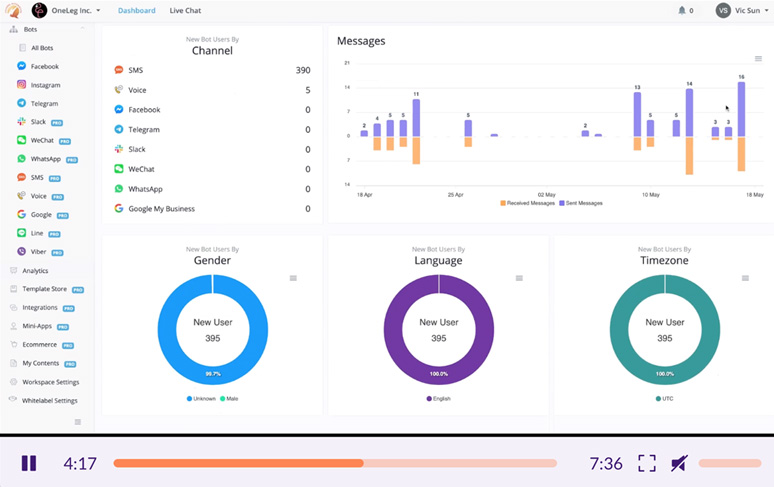
Automated Scheduling
Reduce missed appointments with Automated Scheduling and text messaging software!
Book a demoLooking to cut down on missed appointments? Channel Automation’s Automated Scheduling can help. Our software will schedule your appointments and send reminders via text message at preprogrammed times, ensuring that you never miss an appointment again.
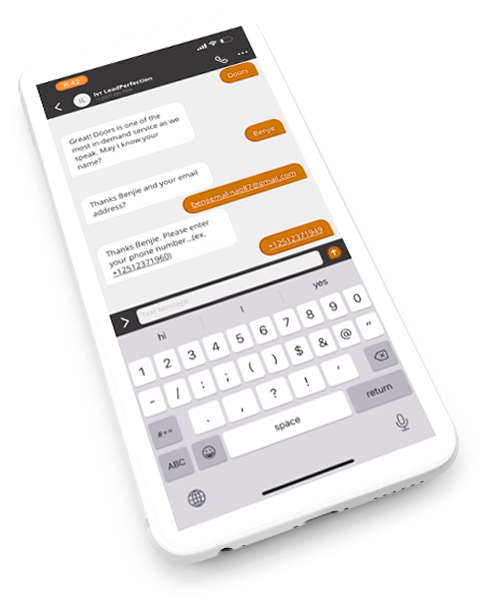
Email Sequences
Send emails and subscribe users to a sequence
Book a demoOur easy-to-use tool will enable you to write and design HTML and plain-text emails, and automatically subscribe users to a sequence that sends the emails for you. Get started today and watch your business grow!
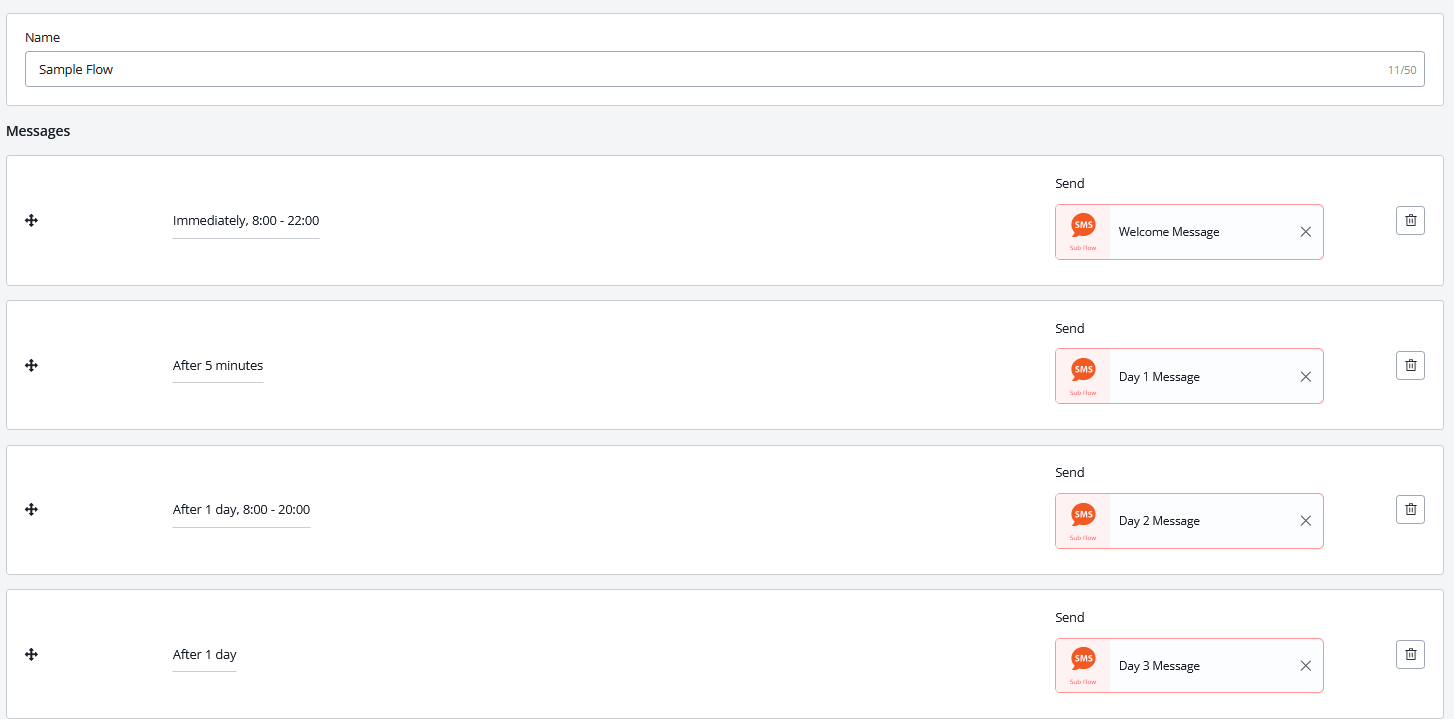
What do our clients have to say about us?
Not to brag, but it’s pretty great. Watch for yourself.
Case Studies75% of CEOs who registered for a demo with us, saw a lift in their conversion within the first 30 days.
Book a demo